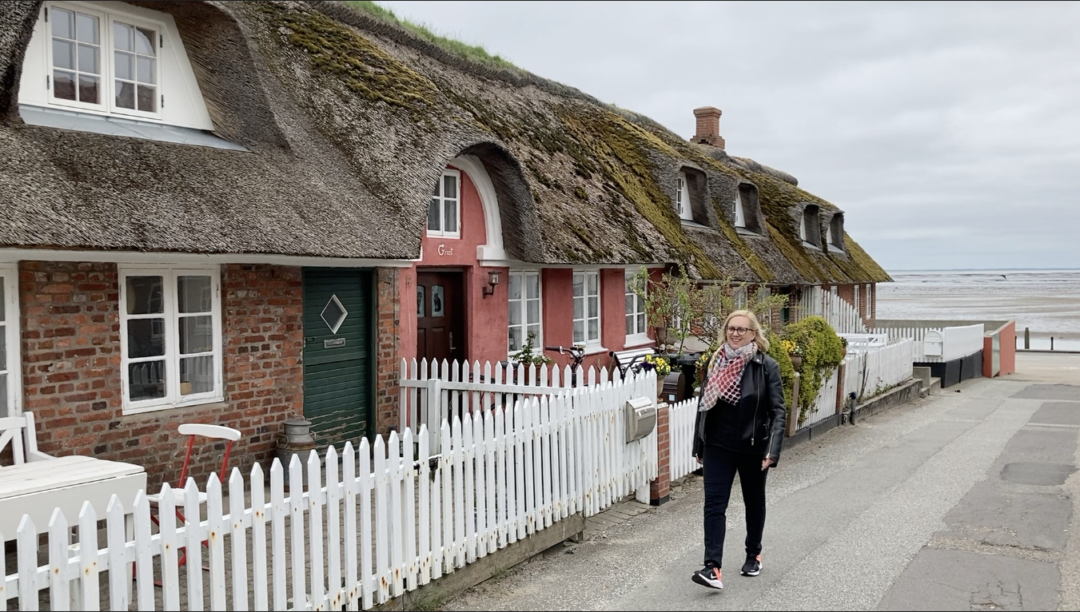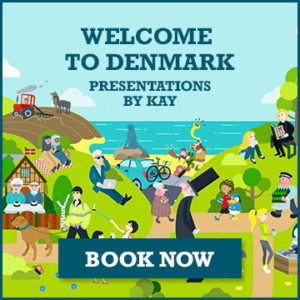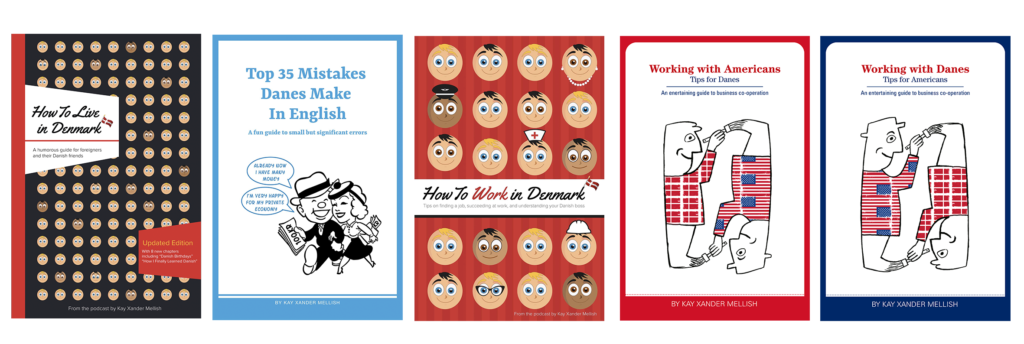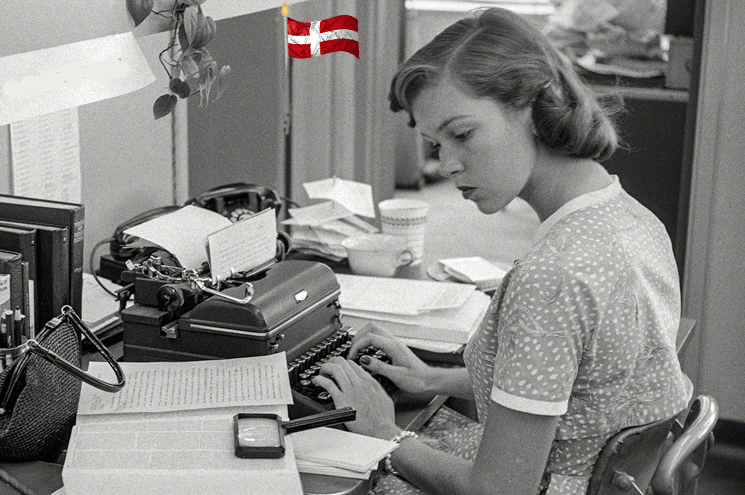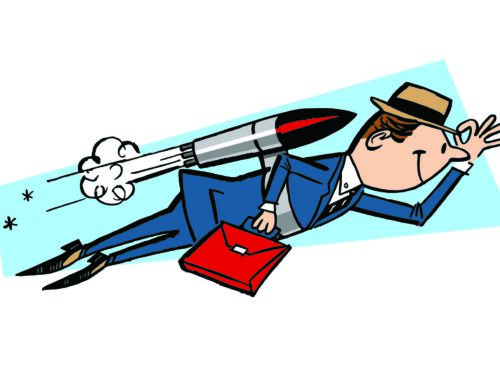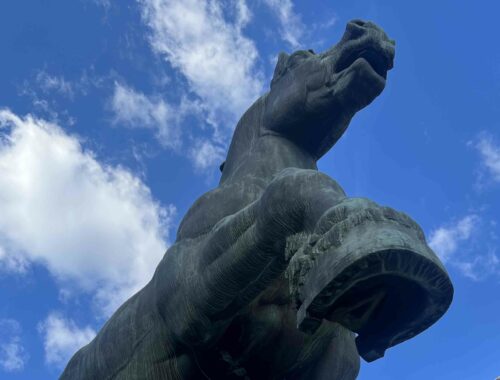When I mentioned visiting Esbjerg for a few days off this spring, many of my friends in Copenhagen said – why? Esbjerg doesn’t have a reputation as a vacation spot, even though it’s the fifth-largest city in Denmark and the youngest big city.
My daughter, who is more clever than I am, told her Copenhagen friends that we were going to the “West Coast of Denmark” making it sound like we would be relaxing on one of the west coast beaches.
For Copenhagen snobs, Esbjerg is a fishing town, which it was 50 years ago but isn’t really anymore. It’s an oil and wind energy town, industrial but very modern.
Still, I think the city has a bit of an inferiority complex.
Unlike Aalborg, Odense, Aarhus, Copenhagen, the Danish cities right above it in terms of size, Esbjerg doesn’t have merch. I didn’t see a single T-shirt or hoodie for sale that said “Esbjerg.” Not even in the Esbjerg City Museum, which I visited. There wasn’t even a fridge magnet that said “Esbjerg”.
A masculine town
But I like visiting Esbjerg, perhaps because it is a very masculine town. If you’re a woman who likes men, if you’re a guy who likes men, really rough and ready type men, Esbjerg is your town, because it is the home base for the oil workers and windmill mechanics who work on the North Sea coast of Denmark.
On a previous work visit, I ate breakfast at the hotel. In the crowded dining room, I was the only woman.
It’s also the only city I’ve ever seen anywhere with more men’s clothing shops than women’s clothing shops.
Mix of science and art
There are two more really good things that make visiting Esbjerg worthwhile.
One is that all that energy money makes for great museums. The intersection of art and science is the focus of the Esbjerg Art Museum, and when I was there, I saw a great exhibit in which artists interpreted the latest advances in DNA. Great mix, video, photography, painting, installations – very thought-provoking.
Esbjerg Art Museum also has a good permanent exhibit with small statues hidden in cabinets, and you stick your hand in the cabinet and feel the shape of the statue to figure out what it is. Is it a human face? Is it a horse? Very fun. (You can open the cabinet door afterwards to see if you were right.)
The Esbjerg City museum is great, too – it has one of those reconstructed city streets from the early 1900s, which was when Esbjerg first really blossomed. (It’s sometimes called the Chicago of Denmark.) You can walk along the cobblestones and look into the windows of the old shops, the barber, the dentist, the hatmaker. I’m a sucker for those reconstructed cities.
Harvesting oysters and visiting Vikings
The second reason is that Esbjerg is a great base for exploring local tourist spots. There’s the wetlands, where you can harvest your own oysters, the Viking city of Ribe and the island of Fanø.
Ribe is the oldest city in Denmark, a Viking town. It’s the place where Christianity first took hold in Scandinavia. The pagan locals used to complain about church bells scaring away their land sprites.
Ribe is about 30 minutes away from Esbjerg by train, and it’s a great day trip. You can see lots of old medieval buildings, plus the Ribe Cathedral, the Viking Museum, and the pretty cascading waterfalls beside the main street, the remnants of a medieval water system. There’s lots of good shopping here – my favorite women’s clothing store in Denmark, Fröken Ribe, is here. Fabulous selection, ladies, and really good service.
You can eat lunch in the Weis Stue, which has been serving food since 1704. Unlike most tourist spots, the food here is excellent. I can recommend the traditional fried fish with homemade remoulade and the ice tea with sea buckthorn and cranberries. Mmmm.
Taking the ferry to Fanø
Another good day trip from Esbjerg is the island of Fanø.
Now, you have to take a ferry to Fanø, and to get to that ferry you have to take a long walk through Esbjerg’s working port. This is heavy industry, big industrial boats, which I think is kind of fun when ports in Copenhagen and Aarhus and Vejle are being turned into fancy apartments. Not this port. This is where all those rough and ready men go out to sea.
There are two big towns on Fanø. One of them, Nordby, where the ferry lands, is a very pretty traditional fishing town with lots of well-kept old houses with straw roofs. Very picturesque.
It is not a fishing town now, it is a tourist town, catering largely to the German tourists who love Denmark’s west coast.
Dress for rain
If you don’t mind touristy stuff, you can have a great time there. I recommend the pancake house serving pancakes with local ham and salmon. And if the weather’s good, you can rent a bike and bike down to Fanø’s second town, Sønderho, where you can reportedly see seals lying on the beach.
We didn’t make it there, because when we visited the weather was not good. And this is something to keep in mind when visiting the region. It’s cold. It’s windy. The locals wear raincoats and sweaters, even in the summer, and so should you, or at least have them along.
You won’t have any fun on your trip to the Esbjerg region if you’re freezing and wet. Remember, Esbjerg used to be a fishing town – if you dress like a fisherman, you’ll be fine.
.
.
.
.
.

